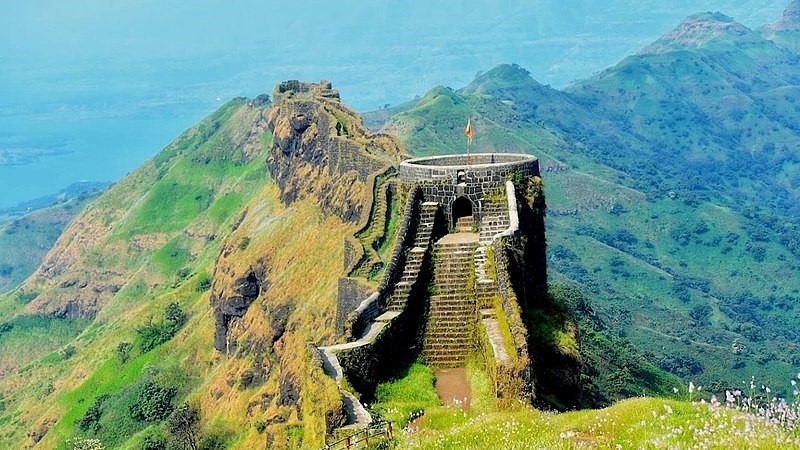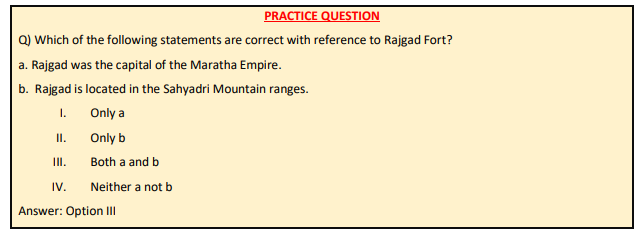Free Courses Sale ends Soon, Get It Now


Free Courses Sale ends Soon, Get It Now



Copyright infringement not intended
Context: Just two hours away from Pune city, Velhe Forest, located in the foothills of the Rajgad Fort is home to 496-odd unique species, including 172 birds (representing 18 orders and 59 families), 105 butterflies and moths, 39 kinds of terrestrial bugs and beetles etc.
Details:
Findings:
About the fort:

© 2024 iasgyan. All right reserved